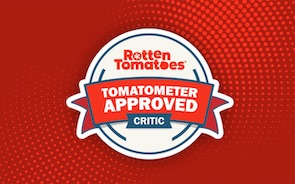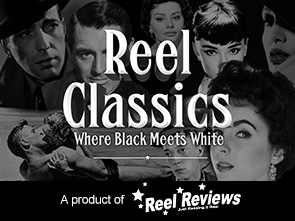{jatabs type="content" position="top" height="auto" skipAnim="true" mouseType="click" animType="animFade"}
[tab title="Movie Review"]
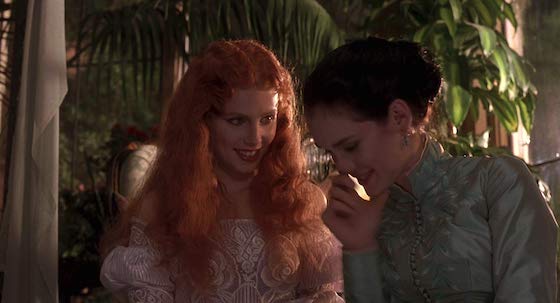
Very early in the history of film different filmmakers sought to tell the story of the world’s infamous vampire. Bram Stoker’s most famous creation has influenced popular culture, in all its’ incarnations, since it appeared in 1897 - some might argue to the point of oversaturation. In the world of film, Dracula has been attempted somewhere north of one hundred and fifty times, with varying levels of success. After so many attempts, when word trickles down another is on the way, the first question to pop up is ‘Why?’
In 1992, Francis Ford Coppola brought the world his film version of the classic Victorian horror novel, and, after the disappointment of Godfather 3, did so to triumphant financial and critical success. The idea was to be faithful to author Bram Stoker – where most film versions are not – and to imbue it with an emotional intensity and talent roster not afforded the Count’s tale in a long time. In short: it worked.
Coppola’s version is a challenging interpretation, absolutely packed to the brim with virtues and equal flaws. What it does prove unequivocally is that it is possible for a filmmaker to be reasonably faithful to the source, and at the same time put their unique stamp on it. Coppola’s flair for the theatrical, his almost abstract perception, and his bigger than Ben-Hur personality are all over this film. While this version is much closer to the novel than most, it does not – as many involved have claimed – faithfully invoke its main thematic premise, preferring to change the relationship of Dracula and Mina Harker to a romantic one, and to embellish a back-story that anchors this change throughout the film. It does this so strongly that it becomes the predominant thematic spine, and makes it a completely different story to the source it’s trying to honour. But faithful or not, it’s a good story. {googleads}
Coppola has said his casting was heavily influenced by Winona Ryder (who brought James V. Hart’s script to him) Whether acquiescing to Ryder’s wish list or not - as he almost always does - Coppola drew unto him some of the finest actors of the day to inhabit these classic characters; and, in a project of this notoriety, it was a smart move… with one exception: Keanu Reeves. He was completely miscast, and unlike his colleagues, never comfortably rests in his character’s shoes. Gary Oldman – of all the fine actors, including Anthony Hopkins – is the reason this film works. His unique portrayal of Dracula was – at the time - a refreshing and surprising take on the character. Again, this is not the Dracula of the novel, but it is a compelling version of him, instilling the Count with a tragic back-story, and underpinning his ‘evil’ persona with a contextually credible (if morally unacceptable) reason for being the ‘devil’ he is.
Coppola’s style leans heavily towards surrealism, and this successfully aids in giving the film its’ strangeness and slightly off-kilter feel throughout. The production design and Oscar winning costume design avoid all previous versions, and deliver a unique and unexpected world for Dracula (no cape for Drac; no cheesy haunted castle); in turn delivering a plausible Victorian-era England. The score is verbose, and, like its’ director, unsubtle. Packing an emotional punch and successfully instilling a sense of strength and fear – the two emotional linchpins of this version’s title character. And of particular note should be the cinematography of Michael Balihaus and effects of Roman Coppola, who – at the insistence of Frances – avoided all burgeoning modern film techniques, including CGI, and guided the creation the film’s rich, complex visuals in camera optically.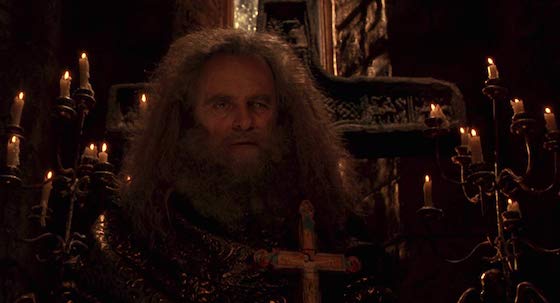
When Coppola’s name is mentioned, usually The Godfather is not far behind as the example of his talent and will power; his ability to get a film made his way; and his rare ability of making any story, no matter how identifiable, mould to his style. Bram Stoker’s Dracula will probably never be seen in this light, being a ‘genre picture’… but it should be: this is a film that came at a point in the director’s career when he had become disillusioned with filmmaking in the studio system. In spite of this, his version of Dracula has all the trademarks of a good Coppola picture – especially that boldness to step away from expectation. For a story that has been told and retold hundreds of times, this is exactly what it needed. Because Coppola is a filmmaker that doesn’t compromise, the world now has one of the most unique and memorable interpretations of Bram Stoker’s novel to date, and a good answer to that question “Why?”

[/tab]
[tab title="4K/Blu-ray Review"]

![]()
4K/Blu-ray Details:
25th Anniversary Edition
Home Video Distributor: Sony Pictures
Available on Blu-ray/4K - October 3, 2017
Screen Formats: 1.85:1
Subtitles: English, English SDH, French, German, Italian, Japanese, Portuguese, Spanish, Arabic
Audio: English: Dolby Atmos; English: Dolby TrueHD 7.1; Czech: Dolby Digital 5.1; French: Dolby Digital 5.1; German: Dolby Digital 5.1
Discs: 4K Ultra HD; Blu-ray Disc; Two-disc set
Region Encoding: Locked to Region A
VIDEO:
WOW is what this transfer is. Coppola’s mantra for this film was old school film techniques, and, as a result, everything was achieved in-camera. So what you get is a native 4K scan of the 35mm negative that captures every last detail that was shot. The rich palette of the production design is amped the nines with the HDR-10 magic, finer details of the costumes leap off the screen. The film grain is intact; however on a 4K screen the grain layers on optical effects are more prominent than other scenes. Blacks are sumptuous and detailed. This is the best example one can give for an A-level upgrade.
AUDIO:
Equally rich and bass heavy Dolby Atmos mix (That’s Dolby True-HD compatible). It is thunderous, verbose, atmospheric and busy, impressively and emphatically immersing you in the count’s work. Has never sounded better.
Supplements:
Commentary:
- Audio Commentary with Francis Ford Coppola, Roman Coppola and Greg Cannom.
Special Features:
Being new to 4K (I know, I’m slow) this is only the 4th disc I’ve been sent to review. It’s looking like most re-masters are completely absent of new supplementary material, which is a shame. You get the Blu-ray, also re-mastered from the 4K scan, and a digital copy. The Blu-ray has all the informative featurettes from the original release.
- Reflections in Blood: Francis Ford Coppola and Bram Stoker's Dracula
- Practical Magicians: A Collaboration Between Father and Son
- Deleted Scenes
- 4 Legacy Featurettes
- 1993 Audio Commentary with Francis Ford Coppola, Roman Coppola and Greg Cannom
Blu-ray/4K Rating:
| Movie |  |
|
| Video |  |
|
| Audio |  |
|
| Extras |  |
|
|
Overall Blu-ray/4K Experience
|
||
{googleads}
[/tab]
[tab title="Film Details"]
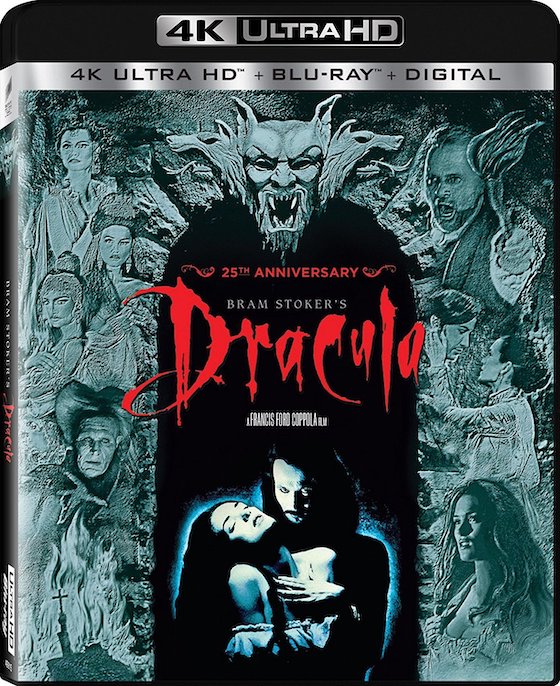
MPAA Rating: R for sexuality and horror violence.
Runtime: 128 mins
Director: Francis Ford Coppola
Writer: James V. Hart
Cast: Gary Oldman, Winona Ryder, Anthony Hopkins
Genre: Horror
Tagline: The blood is life.
Memorable Movie Quote: "There is much to be learned from beasts."
Theatrical Distributor: Columbia Pictures
Official Site:
Release Date: November 13, 1992
DVD/Blu-ray Release Date: October 3, 2017
Synopsis: The centuries old vampire Count Dracula comes to England to seduce his barrister Jonathan Harker's fiancée Mina Murray and inflict havoc in the foreign land.
{googleads}
[/tab]
[tab title="Art"]

[/tab]
{/jatabs}
















